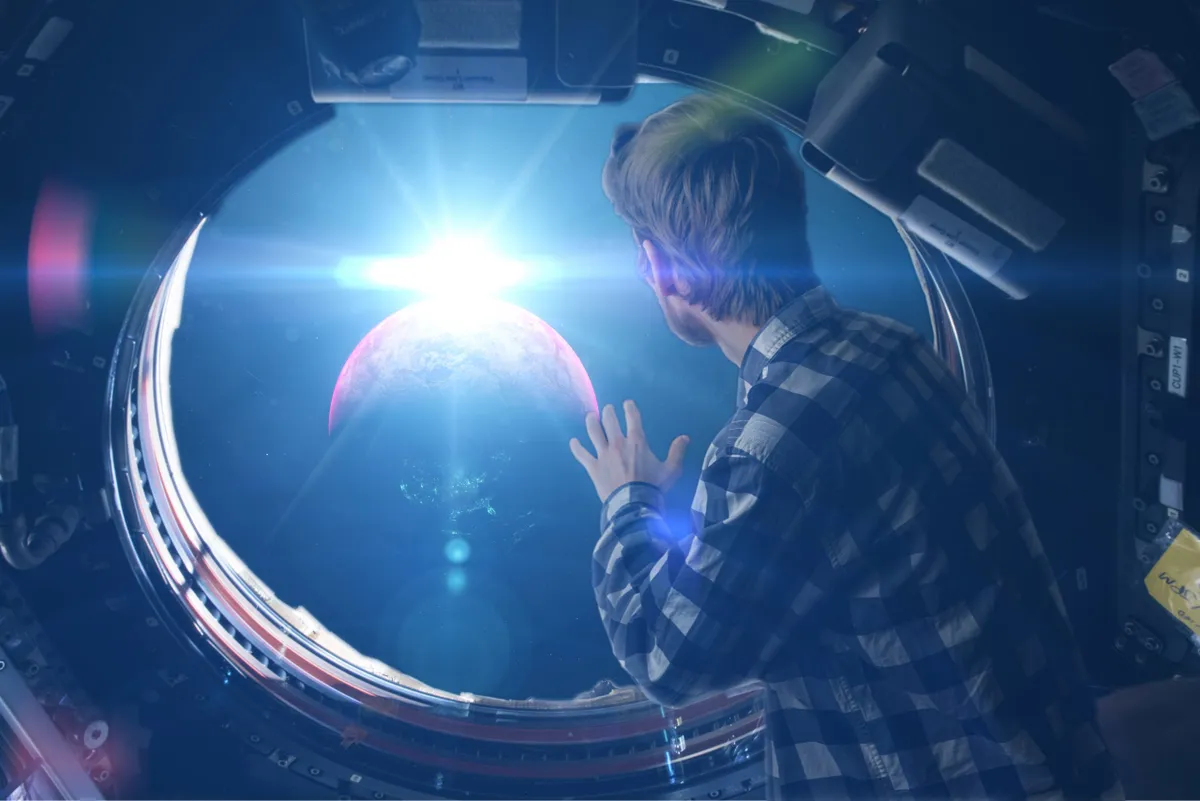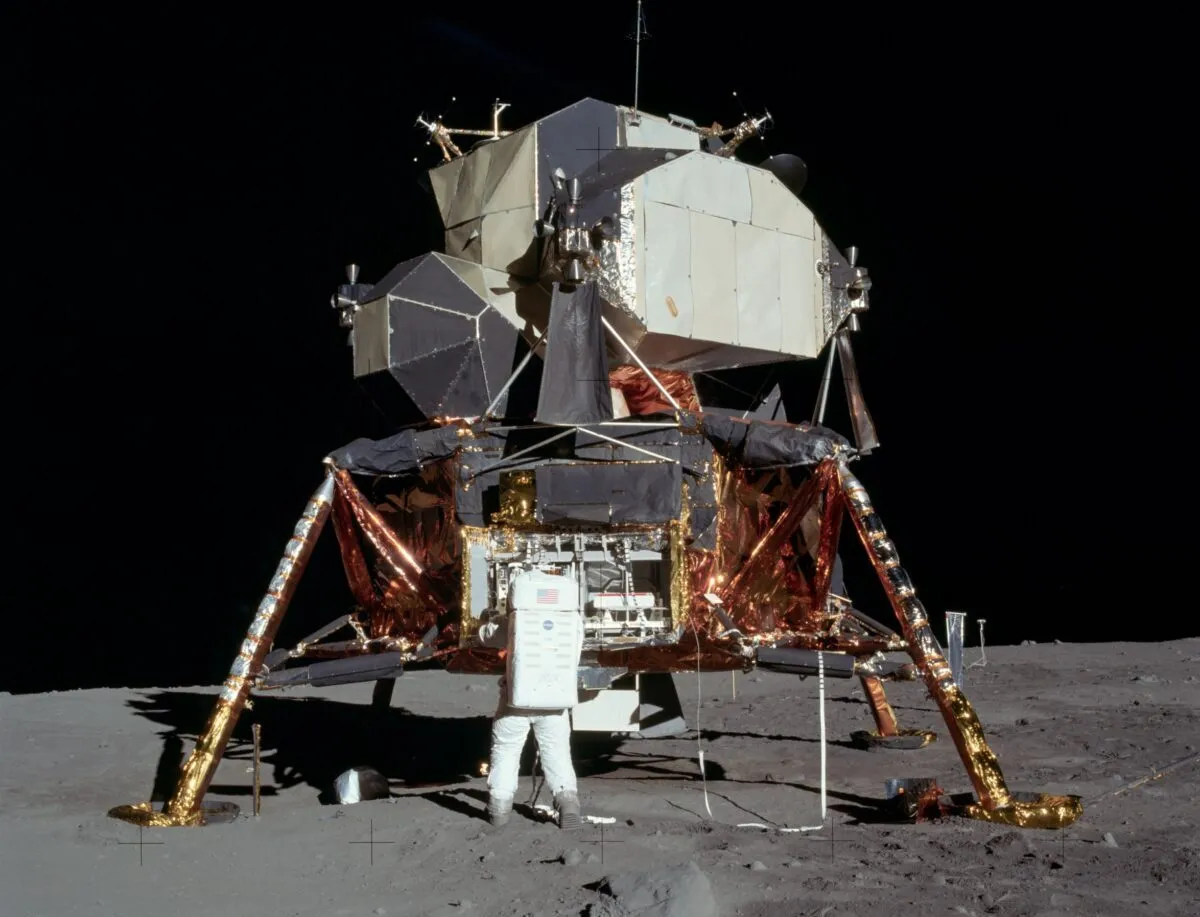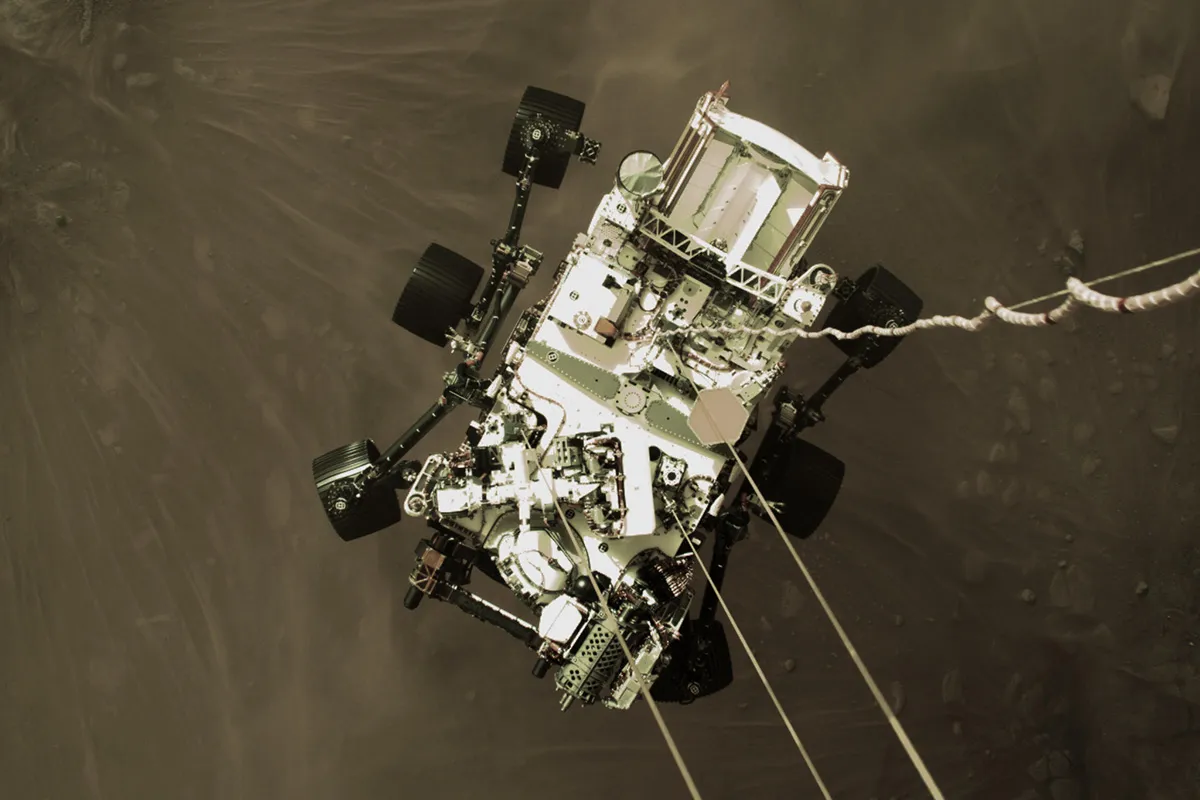We’ve all seen the movie. The first human mission to Mars descends towards the ochre-coloured surface on a roaring column of rocket thrust.
After touching down, the astronauts clamber down the ladder, plant a flag in the soil and snap some photos of their footprints.
We’ve done it on the Moon, so why not Mars? There are so many things to consider about sending humans to Mars - how would humans breathe on Mars, for example? - but I wonder how many of have ever wondered whether we could actually safely land on the Red Planet.
Aside from all the hazards that would need to be accounted for in order to ensure astronauts survive the journey to Mars, (such as exposure to cosmic radiation and the effects of space on human genes), the landing itself could actually be pretty problematic.
Philip Metzger and his colleagues at NASA’s Kennedy Space Center in Florida are raising the alarm over an issue that could potentially be very significant for human missions, but has received barely any consideration until now.

Landing a relatively light rover like the Perseverance rover is one thing, but landing craft carrying the crew of astronauts – and much of the provisions and equipment needed to keep them alive on Mars for many months – would be heavy.
And that means it needs a powerful rocket motor to touch down safely.
For the Apollo moonlandings, the descent motor mostly blasted dust horizontally away across the surface, and no visible crater was gouged out by the rocket.
This is because over billions of years, the lunar surface has become compacted, and the vacuum conditions allow the rocket exhaust to disperse.

Landing on Mars
However, the situation is very different on Mars. Its surface material is much looser, and the atmospheric pressure serves to keep the engine plume focused on one small spot, allowing it to blast much deeper.
This means, Metzger says, that the descent engine of a large Martian lander would blow loose rocks across the surface at high speeds up to a kilometre away – presenting a risk to the crew habitats or other equipment that the mission needs to touch down near.
Not only that, but as a blast crater begins to form, the inclined crater walls will serve to deflect fast-moving lumps of rock back upwards into the underside of the lander, potentially causing damage.
Even worse, if a sufficiently narrow and deep crater forms directly beneath the rocket nozzle, when the engine cuts off after landing the crater could then collapse into itself, leaving the lander in a precarious position on unstable ground.

The solution will be to make sure a suitable landing site has already been prepared before the human mission arrives.
An advance robotic mission would be needed to level off and clear the target zone of debris, and then stabilise the surface into a resistant landing pad by cementation, or perhaps by fusing the mineral grains together with a powerful microwave beam.
The risks are so great, says Metzger’s team, that we should not even attempt human landings on Marsuntil we have reliably demonstrated the automated construction of landing pads using robots.
They argue that the best place to practise and perfect this critical process is right on our doorstep, on the Moon.
Prof Lewis Dartnell is an astrobiologist at the University of Westminster
Lewis Dartnellwas reading ISRU Implications for Lunar and Martian Plume Effects by Philip T Metzger et al. Read it online at arxiv.org.
This article originally appeared in the July 2021 issue of BBC Sky at Night Magazine.
